Home>Articles>What Is The Appropriate Length For An Electrical Cord Reel
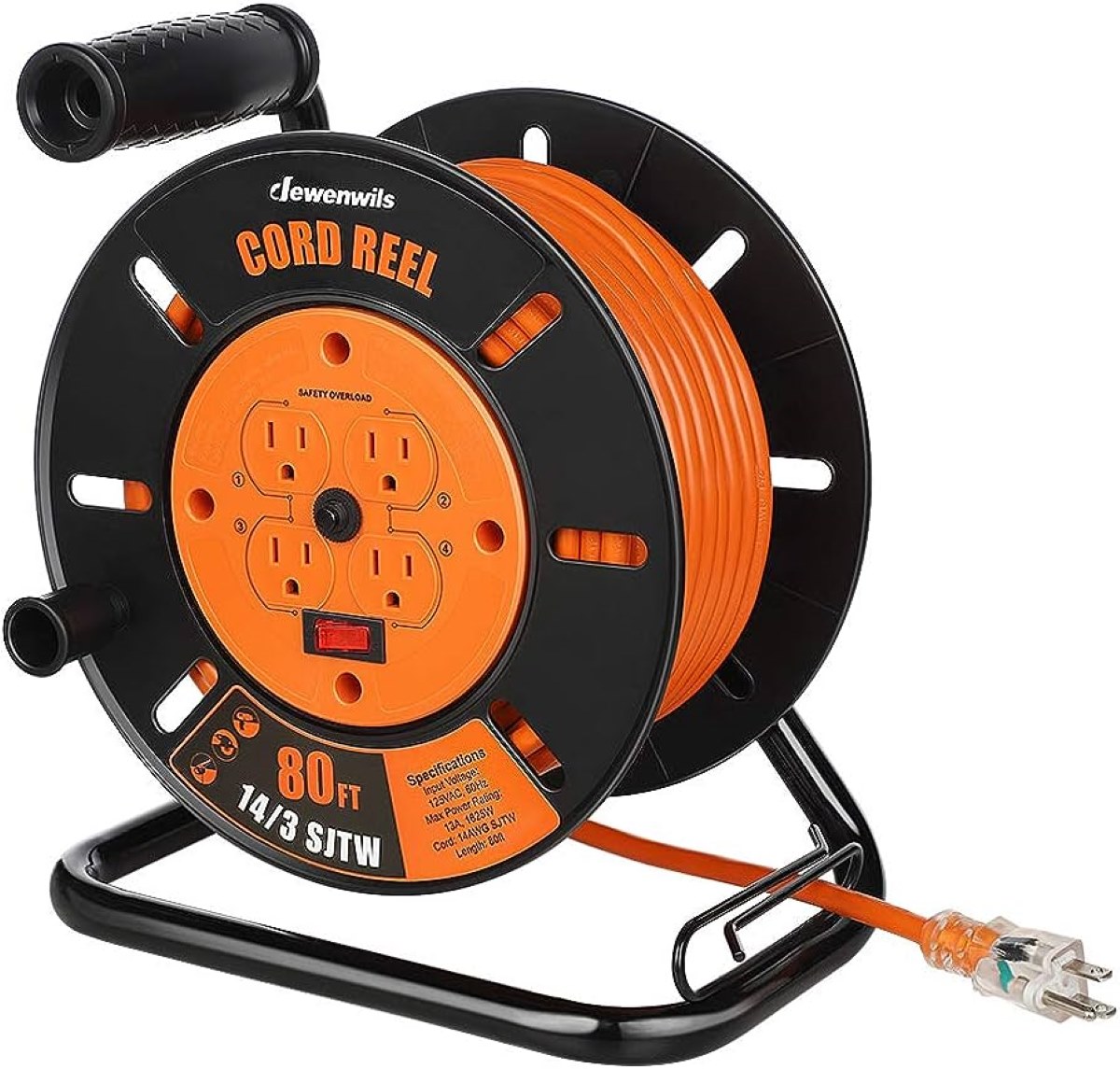

Articles
What Is The Appropriate Length For An Electrical Cord Reel
Modified: May 6, 2024
Looking for articles on how long electrical cords on reels should be? Read our comprehensive guide to find out the ideal length for your needs.
(Many of the links in this article redirect to a specific reviewed product. Your purchase of these products through affiliate links helps to generate commission for Storables.com, at no extra cost. Learn more)
Introduction
Electrical cord reels are a convenient and practical solution for managing and organizing electrical cords. Whether you are working in a workshop, garage, or industrial setting, having a reliable cord reel can make a significant difference in your productivity and safety.
The purpose of an electrical cord reel is to provide a controlled and organized way to store and deploy electrical cords. They allow for easy extension and retraction of cords, reducing the risk of tangles and accidents. Cord reels also help to prevent tripping hazards by keeping cords off the floor and out of the way when not in use.
Choosing the appropriate length for an electrical cord reel is crucial to ensure that you have enough reach to connect your tools or equipment to a power source. However, it is equally important to consider safety considerations and guidelines when determining the length of the cord reel you need.
In this article, we will explore the factors to consider when selecting the length of an electrical cord reel, as well as safety considerations, types of cord reels available, and guidelines for choosing the right size. By the end, you will have a better understanding of how to find the perfect electrical cord reel for your needs.
Now let’s dive into the factors you should consider when determining the length requirements for your electrical cord reel.
Key Takeaways:
- When choosing an electrical cord reel, consider work area size, mobility needs, power requirements, and future considerations. Prioritize safety, proper maintenance, and adherence to guidelines for efficient and safe cord management.
- Whether opting for a single or multiple reel cord reel, prioritize safety, proper storage, and care. Follow guidelines for using extension cords and choose the right size to ensure safe and efficient cord management.
Purpose of Electrical Cord Reels
Electrical cord reels serve a vital purpose by providing a convenient and organized way to manage electrical cords. Their primary function is to store cords in a compact, retractable manner, allowing for easy extension and retraction as needed.
One of the main advantages of using electrical cord reels is that they help prevent cords from becoming tangled or damaged. Tangled cords can not only be frustrating to unravel but also pose a safety risk. A cord reel eliminates this problem by neatly winding the cord onto a spool, keeping it untangled and ready for use. This convenience translates into time savings and increased efficiency, especially in busy work environments.
Another significant advantage of cord reels is their ability to keep cords off the floor. By keeping cords elevated and out of the way, cord reels prevent tripping hazards and reduce the risk of accidental damage or entanglement. This is particularly important in areas where a lot of foot traffic or heavy machinery is present.
Cord reels also contribute to maintenance and organization by reducing clutter and creating a clean workspace. Instead of cords lying around haphazardly, a cord reel keeps them neatly stored, minimizing the risk of damage or tangling. This organized setup promotes a safe and efficient working environment, making it easier to locate and utilize the necessary cords when needed.
Furthermore, electrical cord reels are designed to be durable and long-lasting. They are typically constructed with materials that can withstand frequent use and exposure to harsh conditions. This durability ensures that the cord reel will withstand the demands of various work environments and continue to provide reliable performance over time.
Overall, the purpose of electrical cord reels goes beyond simply managing cords. They offer improved safety, convenience, organization, and efficiency, allowing workers to focus on their tasks without worrying about cord management issues. Whether in a professional setting or a DIY enthusiast’s workshop, the use of electrical cord reels can greatly enhance workflow and productivity.
As we move forward, we will explore the factors you should consider when determining the appropriate length for your electrical cord reel.
Factors to Consider
When choosing the length of an electrical cord reel, there are several factors you need to consider to ensure it meets your needs and requirements. Here are some essential factors to keep in mind:
- Work Area Size: The size of your work area is a crucial factor in determining the length of the cord reel you need. Consider the distance between the power source and the farthest point where you will need to use your electrical equipment. Measure the maximum reach required and choose a cord reel with a length that can comfortably accommodate that distance.
- Usage Frequency: Think about how often you will be using the cord reel. If you frequently move around or work in various locations, you may need a longer cord reel to ensure sufficient reach without the need for additional extension cords. On the other hand, if you have a fixed workstation, a shorter cord reel might be sufficient.
- Power Requirements: Consider the power needs of your electrical equipment. Some devices might require more power and, therefore, a higher-gauge extension cord. Longer cord reels generally have higher gauge wires to compensate for voltage drop over a longer distance. Make sure to choose a cord reel with the appropriate wire gauge to handle your equipment’s power requirements.
- Portability: If mobility is essential in your work area, consider the weight and mobility of the cord reel. Some cord reels come with handles or built-in features that make them easier to carry or transport. Opt for a lightweight and portable option if you need to frequently move the cord reel from one location to another.
- Environment: Take into account the environment in which the cord reel will be used. If you work outdoors or in areas with exposure to extreme temperatures, moisture, or chemicals, choose a cord reel that is specifically designed to withstand those conditions. Look for features like weatherproofing, rugged construction, and resistant materials.
By considering these factors, you can make an informed decision about the length of the electrical cord reel that best suits your work requirements. Next, we will discuss safety considerations to keep in mind when using cord reels.
Length Requirements
Determining the length requirements for your electrical cord reel is essential to ensure that you have enough reach to connect your powered devices to a suitable power source. Consider the following factors when determining the appropriate cord length:
- Work Area Size: Assess the size of your work area and measure the maximum distance between the power source and the farthest point where you will need to use your electrical equipment. This measurement will give you an idea of the minimum cord length required to reach your desired work areas.
- Mobility and Flexibility: Consider how mobile you need to be while using your electrical equipment. If you often move around or work in different locations, you may need a longer cord to provide the necessary flexibility and reach. On the other hand, if you have a fixed workstation, a shorter cord length may be sufficient.
- Safety Considerations: It is important to ensure that the electrical cord can be fully extended without causing any strain on the cord or undue stress on the electrical connections. A cord that is stretched to its maximum length can lead to unsafe conditions and potential hazards.
- Allowance for Movement: Take into account any potential movements or adjustments you may need to make while using your electrical equipment. Leaving some extra length in the cord reel allows for flexibility and maneuverability without having to constantly reposition the cord or rely on additional extension cords.
- Future Needs: Consider any potential future needs or changes in your work area that may require additional reach. It may be more convenient and cost-effective to invest in a slightly longer cord reel now, rather than needing to purchase a new one later on.
Keep in mind that it is generally recommended to choose a cord reel with a length slightly longer than you initially anticipate needing. This provides some flexibility and allows for adjustments or unforeseen circumstances that may require additional cord length.
By considering these length requirements and factors specific to your workspace, you can select an electrical cord reel with the appropriate length to meet your needs. Next, we will discuss important safety considerations when using electrical cord reels.
Safety Considerations
When using electrical cord reels, it is crucial to prioritize safety to prevent accidents and ensure the well-being of yourself and others in the workspace. Here are some important safety considerations to keep in mind:
- Cord Insulation and Wire Gauge: Check that the electrical cord of the reel is properly insulated and in good condition. Insulation helps protect against electrical shocks and short circuits. Additionally, ensure that the wire gauge of the cord is appropriate for the power requirements of your electrical equipment to prevent overheating and potential fire hazards.
- Proper Extension Cord Usage: If you need to connect an extension cord to the electrical cord reel, ensure that the extension cord is rated for the appropriate amperage and length. Avoid using damaged or frayed extension cords, as they can pose electric shock and fire hazards.
- Avoid Overloading: It is crucial to avoid overloading the electrical cord reel. Overloading can lead to overheating, tripped circuits, and electrical hazards. Ensure that the total wattage of the connected devices does not exceed the amp capacity of the cord reel and extension cord.
- Proper Storage and Unwinding: When storing or unwinding the electrical cord reel, ensure that it is done in a safe and controlled manner. Rapid unwinding of the cord can result in tangles and knots, posing trip hazards and potential damage to the cord and equipment.
- Avoid Wet Locations: Keep electrical cord reels away from wet or damp areas to prevent electrical shock. If you need to use the cord reel in a potentially wet environment, ensure that it is plugged into a ground fault circuit interrupter (GFCI) outlet for added protection.
- Inspect Regularly: Regularly inspect the electrical cord reel for any signs of wear, damage, or fraying. If any issues are detected, discontinue use immediately and replace or repair the cord reel as needed.
- Follow Manufacturer’s Guidelines: Always follow the manufacturer’s instructions and guidelines for the safe and proper use of the electrical cord reel. This includes any specific recommendations for usage, maintenance, and safety precautions.
By adhering to these safety considerations, you can minimize the risk of accidents and ensure a safe working environment when using electrical cord reels.
In the next section, we will explore the different types of electrical cord reels available and their respective advantages and applications.
Types of Electrical Cord Reels
Electrical cord reels come in various types and designs to suit different applications and environments. Understanding the different types will help you choose the most suitable cord reel for your specific needs. Here are the primary types of electrical cord reels:
- Handheld Cord Reels: As the name suggests, handheld cord reels are designed to be carried by hand. They are compact and portable, making them ideal for small-scale projects or areas where mobility is required. Handheld cord reels are often used for household tasks or light-duty applications.
- Retractable Cord Reels: Retractable cord reels are widely popular due to their convenience and space-saving design. They feature an automatic retracting mechanism that allows the cord to be easily extended and retracted with minimal effort. Retractable cord reels are available in various sizes and lengths, making them suitable for a wide range of applications.
- Industrial Cord Reels: Industrial cord reels are heavy-duty and built to withstand rugged environments. They are commonly used in workshops, manufacturing facilities, construction sites, and other industrial settings. These reels are designed to handle larger wire gauges, higher amperages, and longer cord lengths for powering heavy machinery and equipment.
- Spring-Driven Cord Reels: Spring-driven cord reels use a coiled spring mechanism to retract the cord. They offer a controlled and smooth retraction, ensuring that the cord rewinds evenly without tangles or knots. These cord reels are often used in workshops, automotive shops, and industrial applications.
- Motor-Driven Cord Reels: Motor-driven cord reels are powered by an electric motor, which allows for effortless cord extension and retraction. These cord reels are commonly used in commercial and industrial applications where frequent use or heavy cords are involved. Motor-driven cord reels provide exceptional convenience and reduce the effort required for cord management.
- Wall-Mounted Cord Reels: Wall-mounted cord reels are designed to be mounted on walls or vertical surfaces, saving valuable floor space. They are commonly used in garages, workshops, and other areas where cords need to be easily accessible but out of the way. Wall-mounted cord reels come in various sizes and configurations to accommodate different cord lengths and applications.
- Ceiling-Mounted Cord Reels: Ceiling-mounted cord reels offer a unique solution for overhead cord management. They are typically used in warehouses, automotive service bays, and industrial settings where cords need to be suspended from the ceiling. Ceiling-mounted cord reels provide easy access to cords while keeping them off the floor and out of the way.
Each type of cord reel has its own advantages and applications, so choose the one that best suits your specific needs and work environment. Considering the type of cord reel is important, as it can make a significant difference in cord organization and ease of use.
Next, we will discuss the pros and cons of single reel cord reels versus multiple reel cord reels to help you make an informed decision.
Single Reel vs. Multiple Reels
When choosing an electrical cord reel, you will come across the options of single reel cord reels and multiple reel cord reels. Each type offers distinct advantages and considerations. Let’s explore the differences between single reel and multiple reel cord reels:
Single Reel Cord Reels:
Single reel cord reels have a single spool or drum that houses the electrical cord. They are designed for straightforward cord winding and storage. Here are some key factors to consider when deciding whether a single reel cord reel is right for you:
- Simplicity: Single reel cord reels offer a simple and straightforward design. They are easy to use and require minimal maintenance. These reels are ideal for applications where you only need to manage a single cord.
- Compactness: Single reel cord reels are typically more compact and lightweight compared to multiple reel cord reels. They are suitable for smaller work areas or situations where portability is essential.
- Cost-Effective: If you have a limited budget or only need to manage one cord, a single reel cord reel may be more cost-effective compared to a multiple reel cord reel.
- Easier Extension and Retraction: With a single reel, the extension and retraction of the cord tend to be more streamlined and straightforward. There is less potential for tangling or binding up the cord during use.
Multiple Reel Cord Reels:
Multiple reel cord reels have more than one spool or drum, allowing for the organization and management of multiple cords. They provide added versatility and flexibility in cord management. Consider these factors when deciding if a multiple reel cord reel is the right choice:
- Multiple Cord Management: Multiple reel cord reels allow you to manage and organize several cords simultaneously. This is particularly beneficial if you frequently use multiple electrical devices or workstations and want to avoid cord tangling and confusion.
- Separation of Power Sources: Having multiple reels enables you to keep power cords for different devices or power sources separate. This can enhance safety by preventing accidental cross-connections and reducing the risk of electrical issues.
- Flexibility: Depending on the specific model, multiple reel cord reels often provide more flexibility in terms of cord length and customization. You can adjust the cord lengths for each reel to meet the specific requirements of different devices or work areas.
- Efficient Cord Retrieval: With multiple reel cord reels, you can retrieve individual cords without having to unwind the entire length of the cord reel. This can save time and effort, especially when working with devices located at different distances.
Ultimately, your choice between a single reel cord reel and a multiple reel cord reel depends on your specific needs, the number of cords you need to manage, and the level of convenience and flexibility you require. Consider these factors carefully to determine the most suitable option for your workspace.
Next, we will discuss some guidelines for choosing the right size of an electrical cord reel.
When choosing an electrical cord on a reel, consider the distance from the power source to the farthest point you’ll need to reach. It’s better to have a longer cord than you think you’ll need to avoid limitations.
Extension Cord Guidelines
When using electrical cord reels, it is important to follow proper guidelines for using extension cords to ensure safety and optimal performance. Here are some important guidelines to keep in mind:
- High-Quality Extension Cords: Always use high-quality extension cords that are rated for the intended use. Look for cords that are labeled with recognized safety certifications such as UL (Underwriters Laboratories) or ETL (Intertek) to ensure compliance with industry standards.
- Correct Wire Gauge: Choose extension cords with an appropriate wire gauge for the power requirements of your electrical equipment. Higher amperage devices require lower gauge wires to handle the load effectively. Refer to the manufacturer’s guidelines or consult an electrician if you are unsure about the appropriate wire gauge.
- Length Considerations: Use the shortest extension cord that can comfortably reach from the electrical cord reel to the power source. Longer cords can result in voltage drop, which may affect the performance of your equipment. Avoid using multiple extension cords connected together unless absolutely necessary.
- Inspect for Damage: Regularly inspect extension cords for any signs of damage, such as fraying, cuts, or exposed wires. Do not use damaged cords, as they can pose electrical shock and fire hazards.
- Uncoil and Straighten Cord: Before using an extension cord, always uncoil it fully to minimize the risk of overheating due to coiled or tangled cords. Straighten out any kinks or twists in the cord to ensure proper current flow.
- Avoid Overloading: Ensure that the total wattage of the devices connected to the extension cord does not exceed its ampere capacity. Overloading can lead to overheating and potentially pose fire hazards. If you find that you frequently need to power multiple devices, consider using a multiple outlet power strip or a higher-rated extension cord.
- Keep Cords Dry: Protect extension cords from moisture or wet conditions to prevent electric shock. If you need to use an extension cord in a potentially wet area, select one designed for outdoor use and ensure it is plugged into a ground fault circuit interrupter (GFCI) outlet.
- Proper Storage: When not in use, coil and store extension cords in a clean and dry area. Avoid tightly wrapping cords around the cord reel or other objects, as this can lead to damage and tangling. Using cord reels with built-in cord management features can help keep extension cords neatly stored.
By following these extension cord guidelines, you can ensure the safe and efficient use of your electrical cord reel and extension cords. Now let’s move on to discussing how to choose the right size of an electrical cord reel.
Choosing the Right Size
Choosing the right size of an electrical cord reel is crucial to ensure that it meets your specific length requirements and provides sufficient reach for your work area. Consider the following guidelines when selecting the size of your cord reel:
- Measure Work Area: Measure the distance between the power source and the farthest point where you will need to use your electrical equipment. This measurement will give you an idea of the minimum cord length required.
- Add Extra Length: It is generally recommended to choose a cord reel with a length slightly longer than you initially anticipate needing. Allowing for some extra length provides flexibility and room for movement without straining the cord or causing any safety hazards.
- Consider Mobility: If mobility is crucial in your work area, such as in construction sites or large workshops, you may need a longer cord reel to ensure sufficient reach as you move around. Look for cord reels that are specifically designed for easy portability and extension.
- Power Requirements: Take into account the power requirements of your electrical equipment. Consider the maximum amperage and voltage needed for your devices. Make sure the cord reel you choose can handle the power load and has an appropriate wire gauge to minimize voltage drop.
- Future Considerations: Think about any potential changes or additions to your work area that may require longer reach in the future. Choosing a slightly longer cord reel now can save you from needing to invest in a new one later on.
- Type of Cord Reel: The type of cord reel you select can also impact the size. For example, handheld cord reels and retractable cord reels tend to have shorter lengths, while industrial and motor-driven cord reels offer longer cord lengths to accommodate larger workspaces and heavier equipment.
By considering these factors and guidelines, you can choose the right size of electrical cord reel that meets your length requirements and ensures safe and efficient cord management.
Now that you have an understanding of how to choose the right size, let’s shift our focus to the maintenance and care of electrical cord reels.
Maintenance and Care
Maintaining and caring for your electrical cord reel is essential to ensure its longevity, safety, and optimal performance. Here are some important maintenance and care tips to keep in mind:
- Regular Inspections: Periodically inspect the cord reel for any signs of damage, such as frayed wires, worn-out insulation, or loose connections. If any issues are detected, discontinue use immediately and repair or replace the cord reel as necessary.
- Clean and Remove Debris: Keep the cord reel clean and free from debris that can accumulate over time. Dust, dirt, and other particles can affect the reel’s function and lead to premature wear. Use a soft cloth or brush to gently clean the exterior of the cord reel.
- Proper Storage: When not in use, store the electrical cord reel in a clean, dry area. Avoid exposing it to extreme temperatures, moisture, or direct sunlight, as these conditions can cause damage. Proper storage helps maintain the integrity of the cord reel and prolong its lifespan.
- Untangle Cords Carefully: When unwinding cords from the reel, do it carefully and avoid yanking or pulling excessively, as this can cause tangling or damage to the cord. If tangles occur, take the time to carefully untangle them rather than forcing the cord to unwind.
- Avoid Overloading: Ensure that the total power load on the cord reel does not exceed its maximum capacity. Overloading the cord reel can lead to overheating, which can damage the cord and pose safety hazards. If you require more power capacity, consider using a cord reel with a higher ampere rating.
- Proper Unwinding and Rewinding: When extending and retracting the cord, do it in a controlled and gradual manner. Avoid rapid and forceful retraction, as it can lead to tangles, knots, and potential damage to the cord and reel. Take your time to ensure a smooth and even winding.
- Follow Manufacturer’s Instructions: Always refer to the manufacturer’s instructions and guidelines for specific maintenance and care instructions. Each cord reel may have unique requirements and recommendations that should be followed for optimal performance and safety.
By following these maintenance and care tips, you can prolong the lifespan of your electrical cord reel, ensure safe operation, and maintain its efficiency over time.
With that, we have covered the essential aspects of choosing, maintaining, and utilizing electrical cord reels. Implementing these guidelines will help you make informed decisions and ensure safe and efficient cord management in your work area.
Remember to prioritize safety and always remain aware of the specific requirements of your equipment and working environment when using electrical cord reels. Stay organized, keep cords untangled, and enjoy the convenience that a well-chosen cord reel brings to your productivity.
If you have any further questions or concerns, consult the manufacturer’s guidelines or seek assistance from a qualified professional.
Happy cord management and safe working!
Conclusion
Electrical cord reels are invaluable tools for managing and organizing cords in various work environments. They provide a convenient and safe way to store, deploy, and retract electrical cords, minimizing tangles, tripping hazards, and clutter. By selecting the right size, following safety considerations, and practicing proper maintenance, you can enhance the efficiency and safety of your workspace.
When choosing an electrical cord reel, consider factors such as your work area size, mobility requirements, power needs, and the type of cord reel that best suits your application. Whether you opt for a single reel or multiple reels, ensure that your chosen cord reel aligns with your specific needs and offers the necessary flexibility and reach.
Adhering to safety guidelines is paramount when using electrical cord reels. Always inspect cords for damage, use the correct wire gauge, and avoid overloading the cord reel. Additionally, proper storage and care, including untangling cords carefully and following manufacturer’s instructions, will help prolong the lifespan of your cord reel.
In conclusion, electrical cord reels are essential for efficient cord management. They contribute to an organized work environment, improve safety, and enhance productivity. By understanding your requirements, following safety considerations, and practicing maintenance and care, you can optimize the use of electrical cord reels and ensure a safe and productive work environment.
Remember, when it comes to electrical cord reels, safety should always be the top priority. Stay informed, exercise caution, and enjoy the benefits of well-managed cords with the help of electrical cord reels.
Thank you for reading! If you have any further questions or need assistance, don’t hesitate to seek guidance from professionals or refer to the manufacturer’s guidelines. Happy cord management!
If you've found our guide on electrical cord reel lengths useful, you'll definitely want to check out our detailed review of the best options for cord storage coming up next year. Managing cords efficiently not only keeps your space tidy but also extends the lifespan of your cables. Get ready to simplify your life with solutions that fit perfectly into any home or workspace.
Frequently Asked Questions about What Is The Appropriate Length For An Electrical Cord Reel
Was this page helpful?
At Storables.com, we guarantee accurate and reliable information. Our content, validated by Expert Board Contributors, is crafted following stringent Editorial Policies. We're committed to providing you with well-researched, expert-backed insights for all your informational needs.
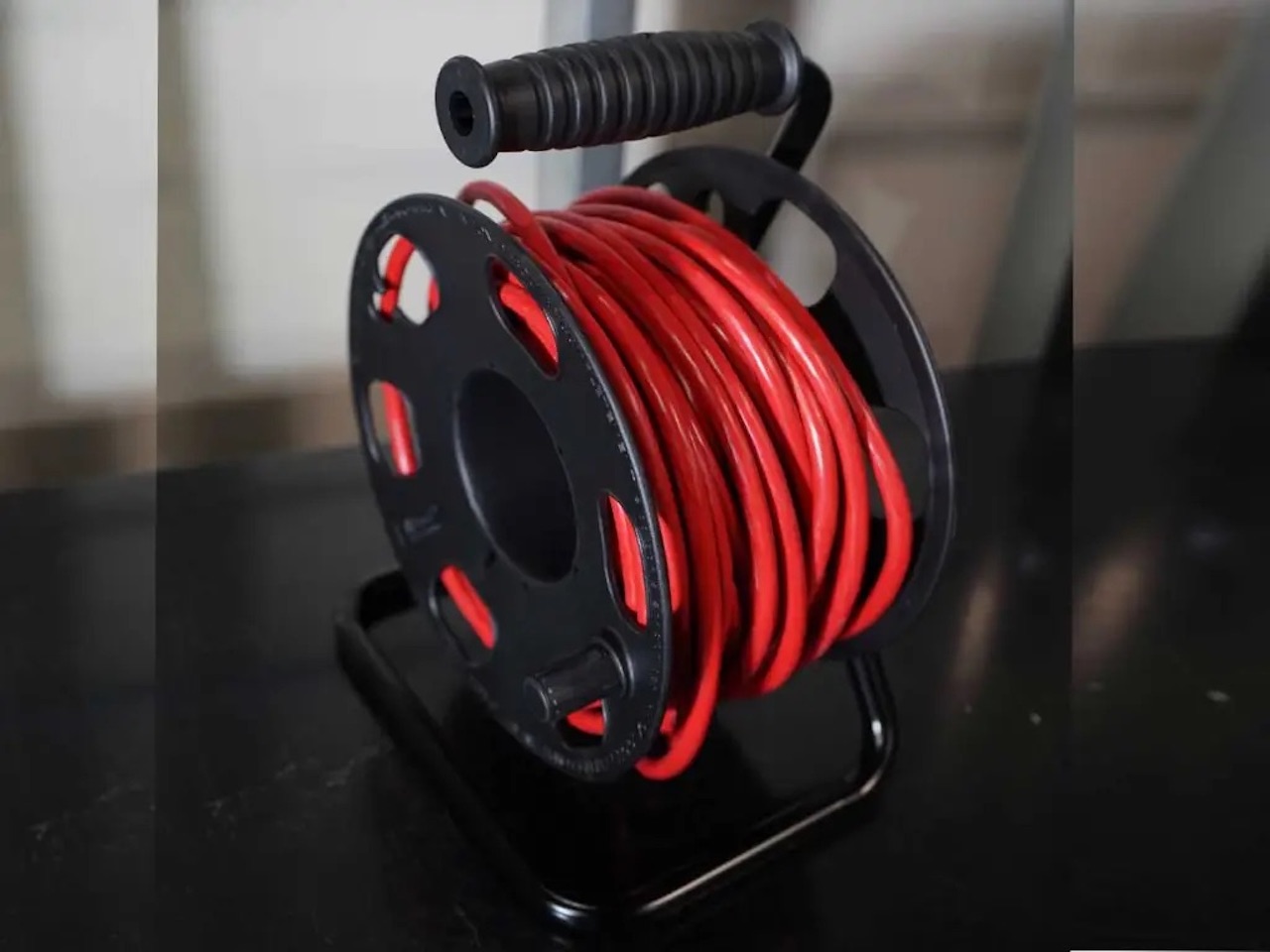
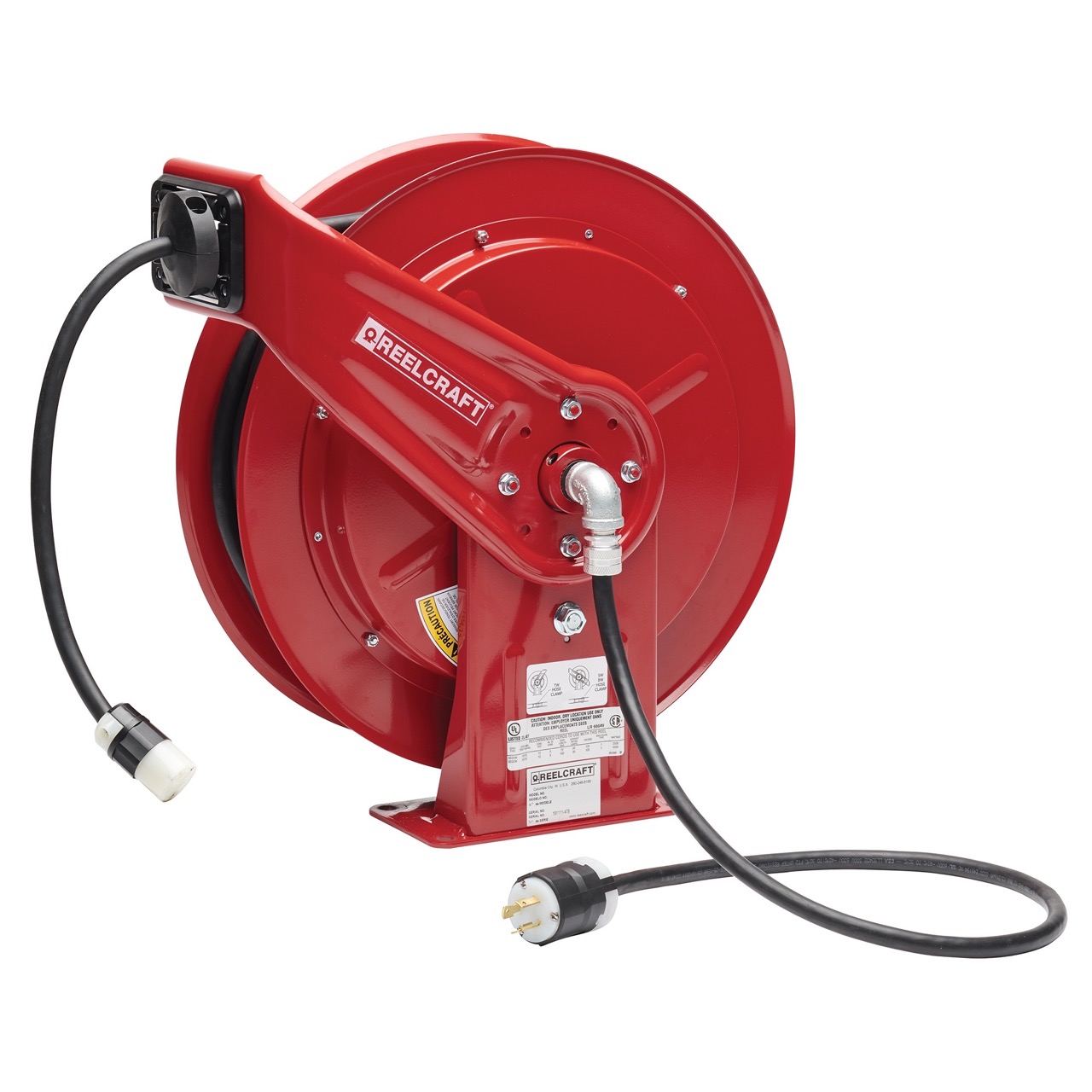
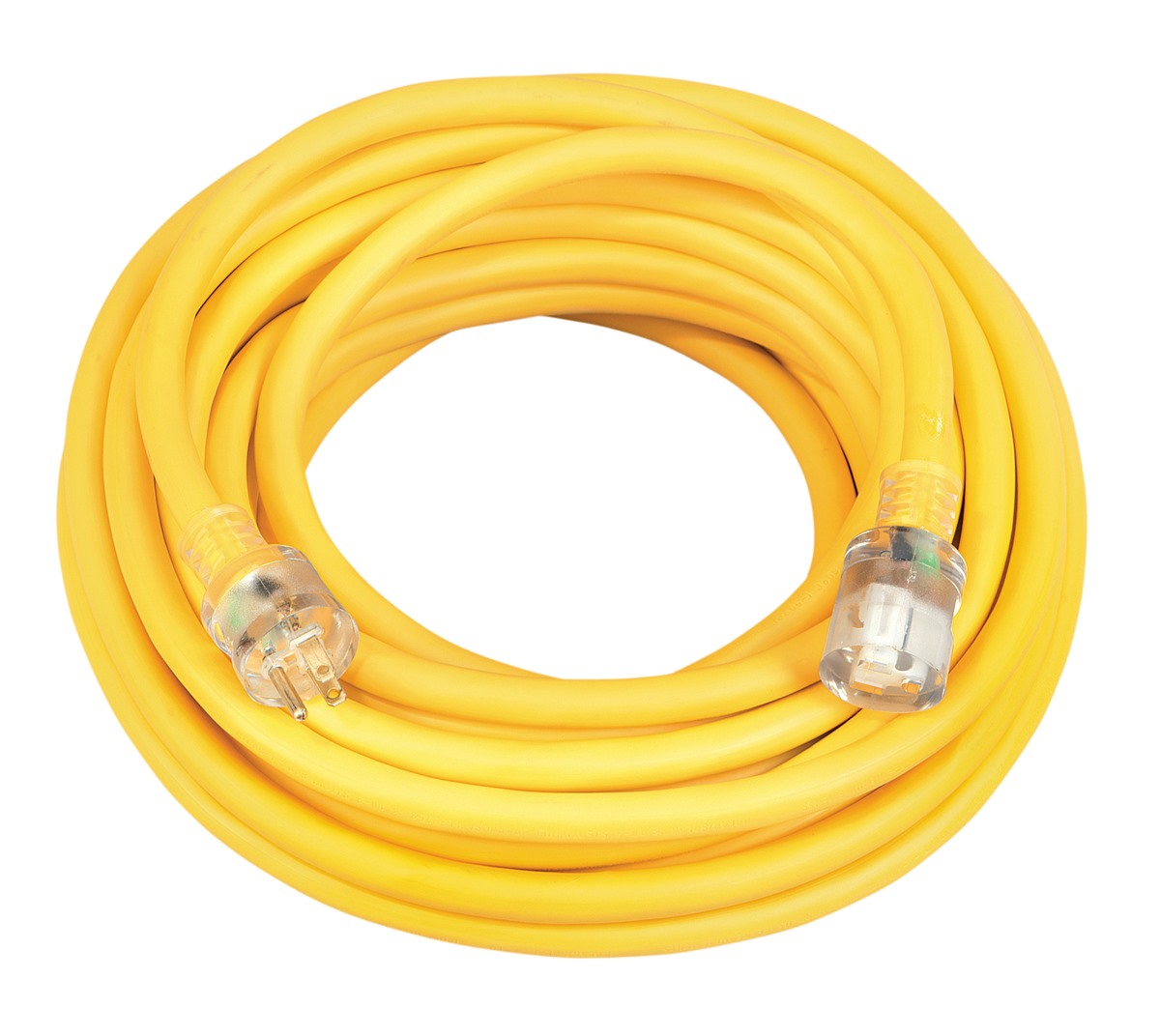
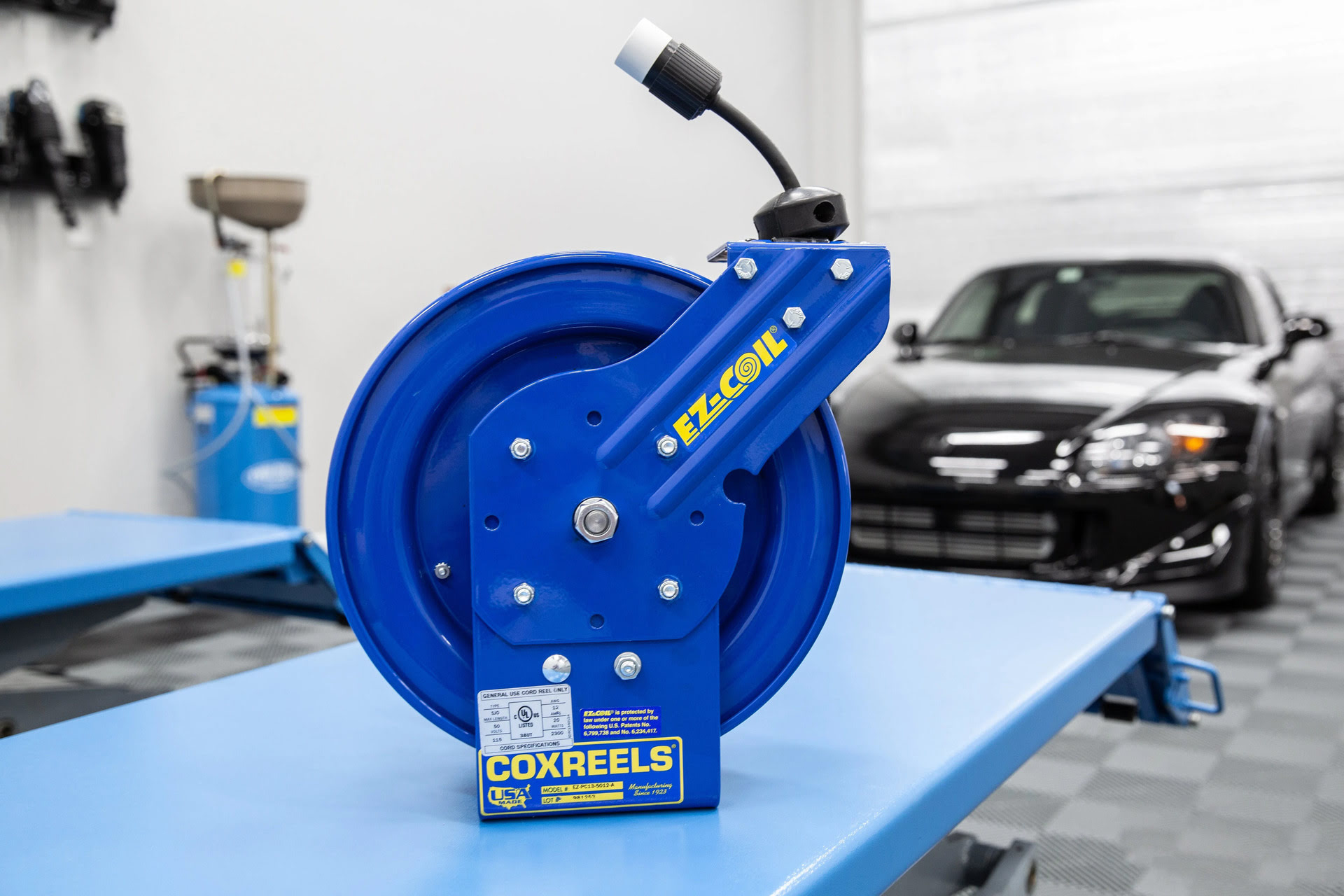
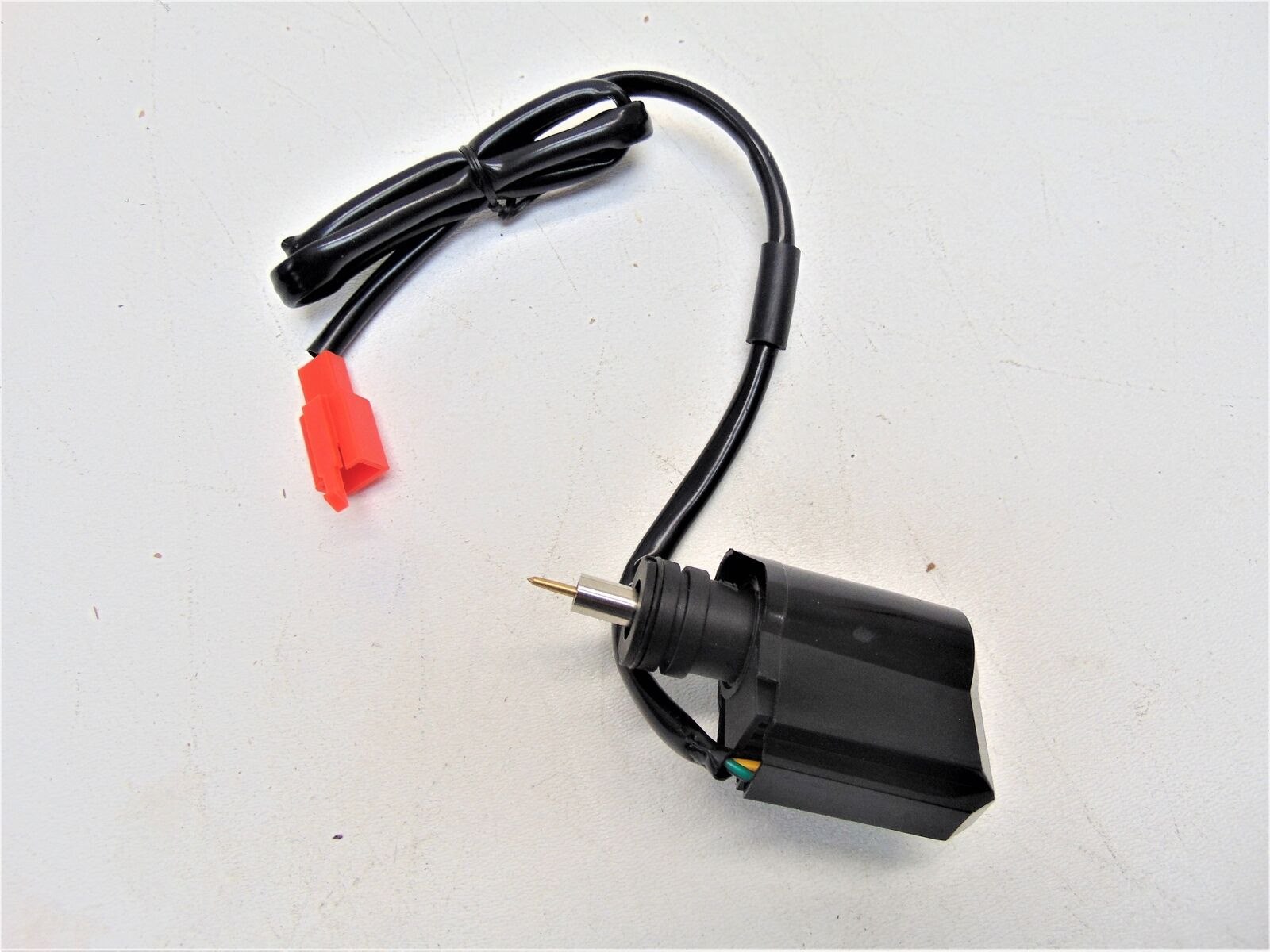
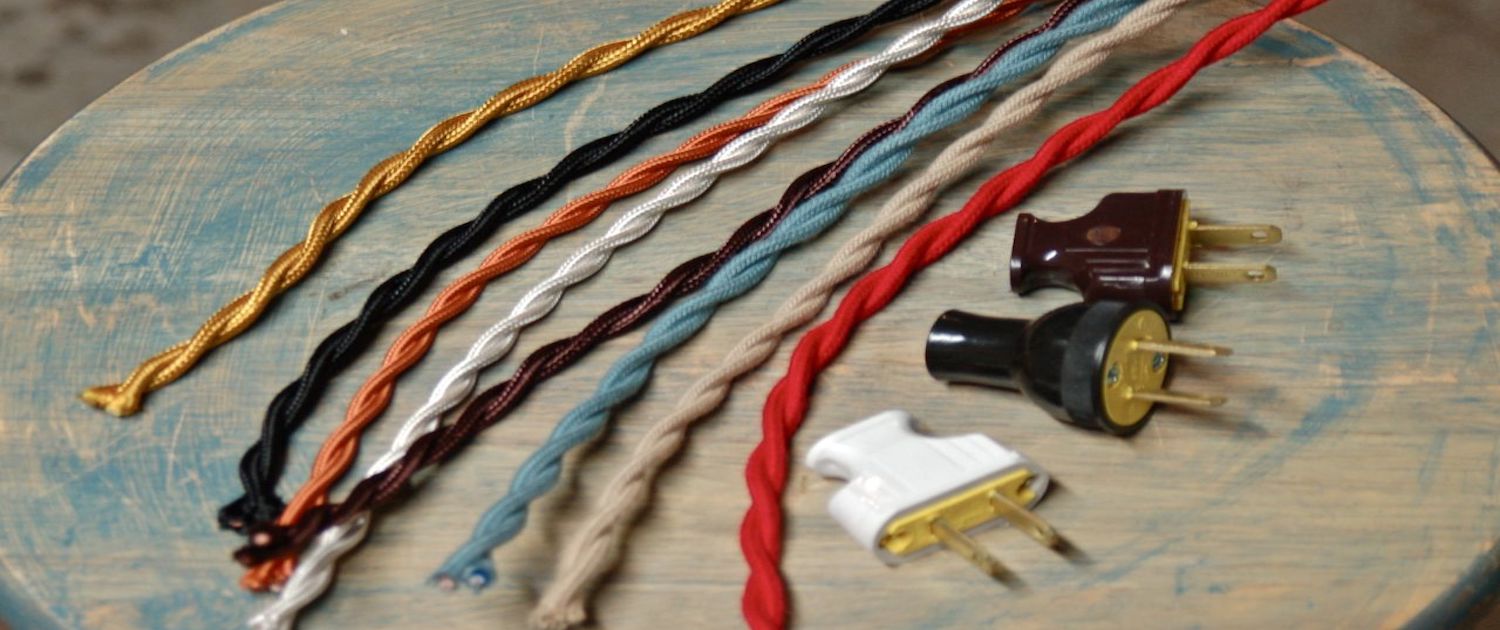
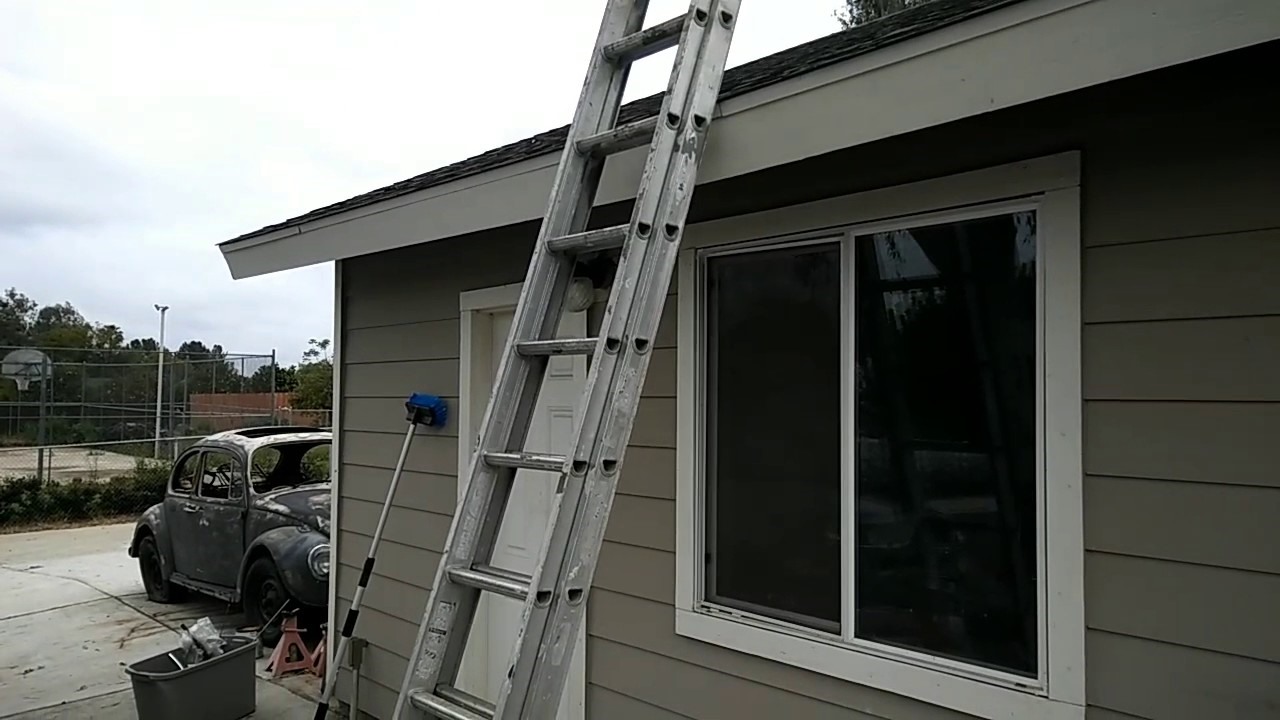
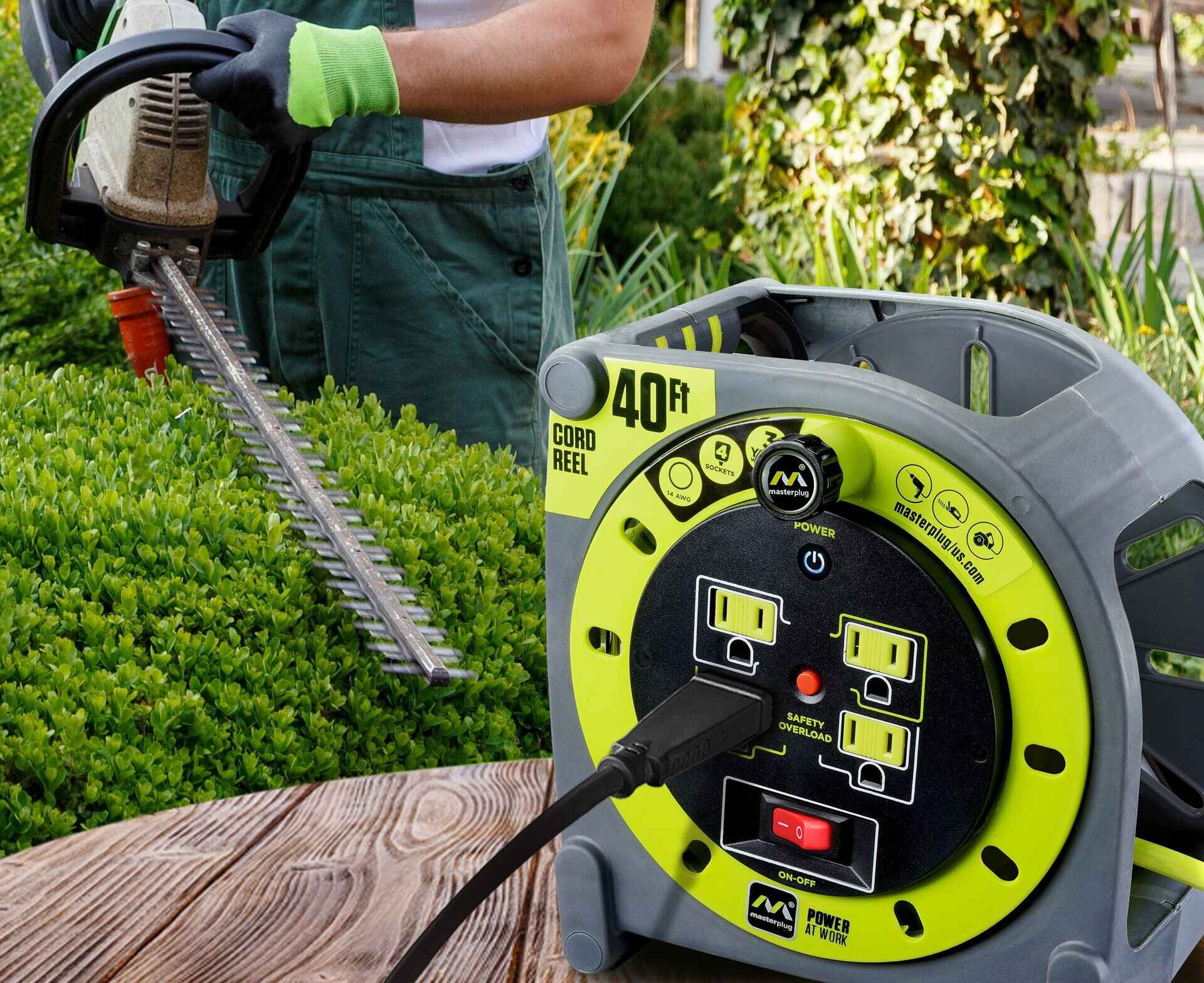
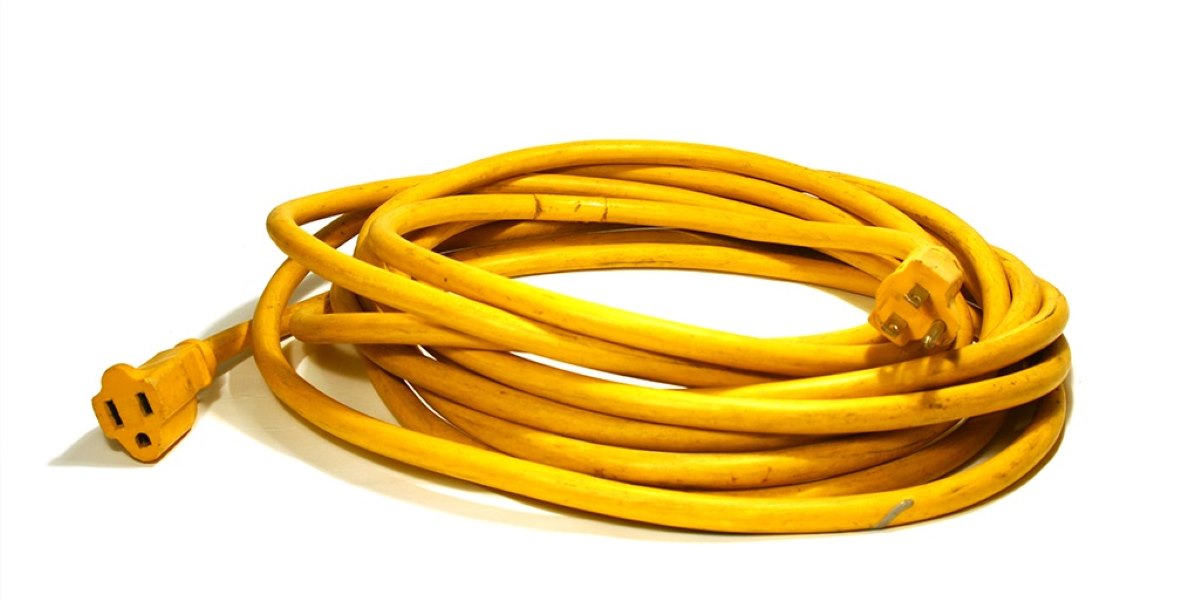
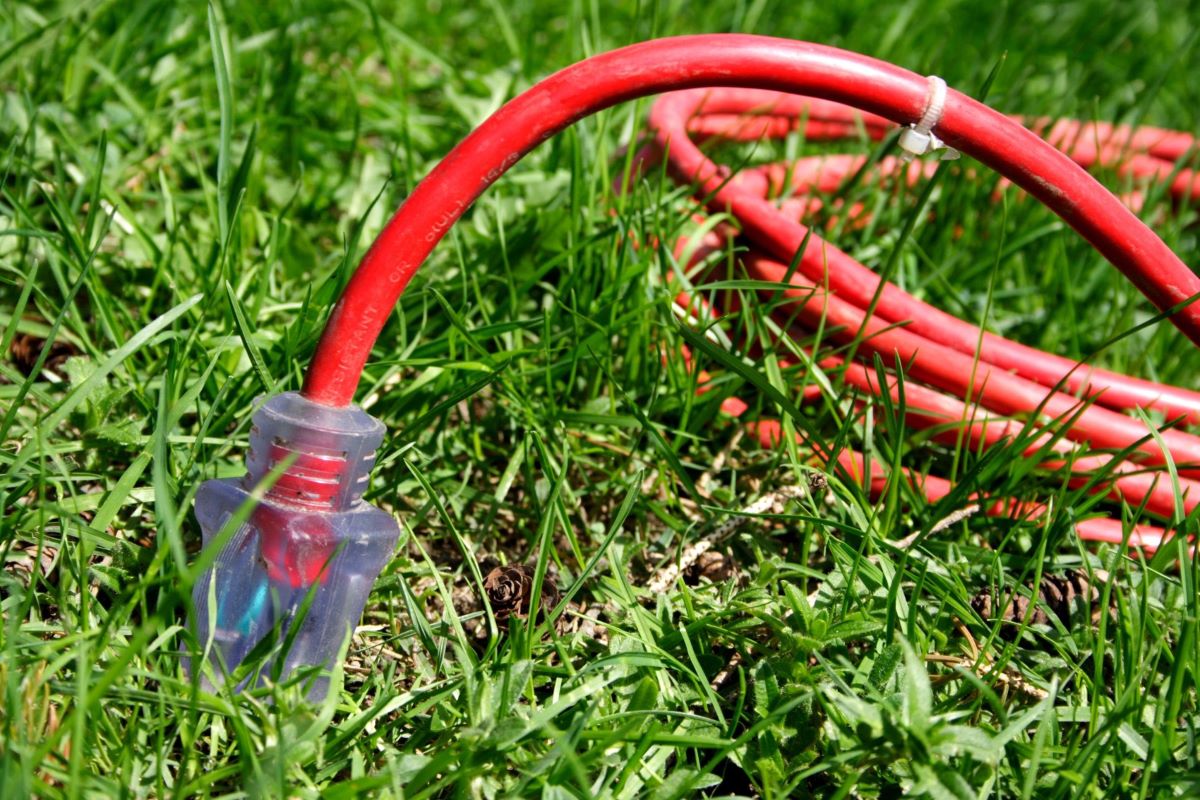
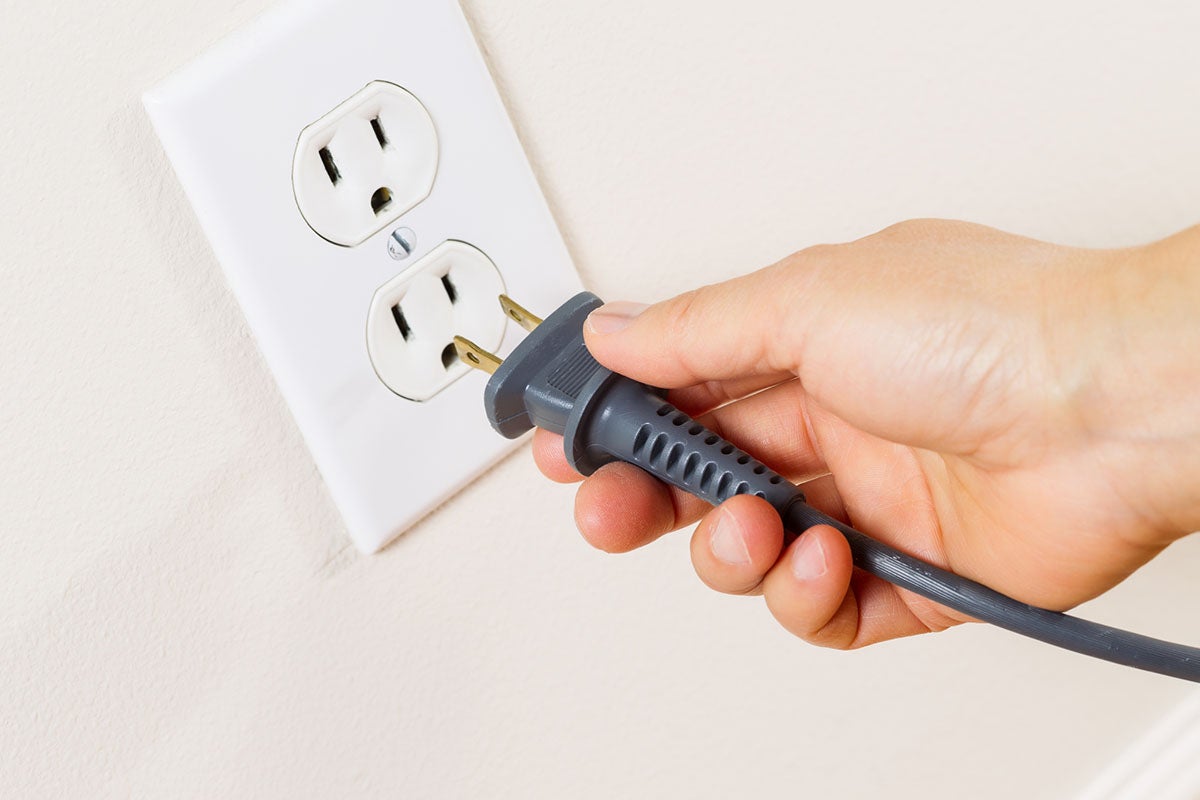
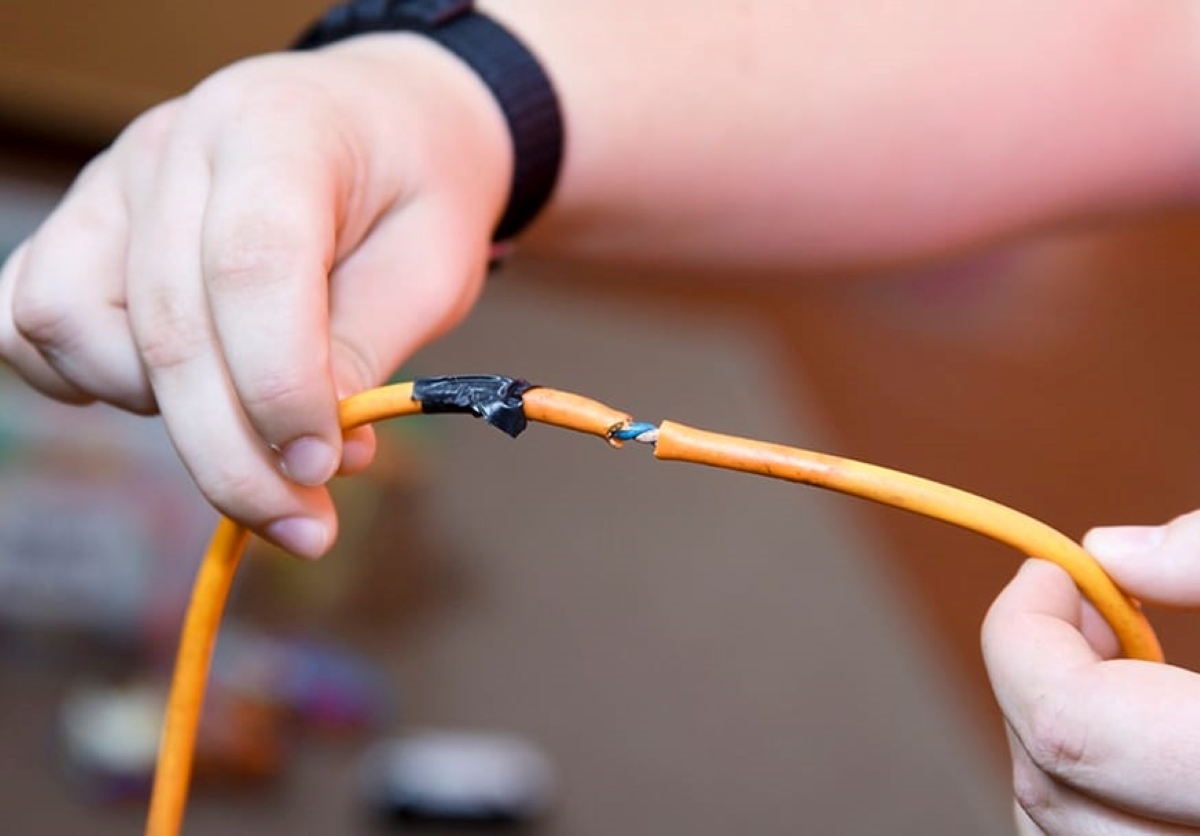
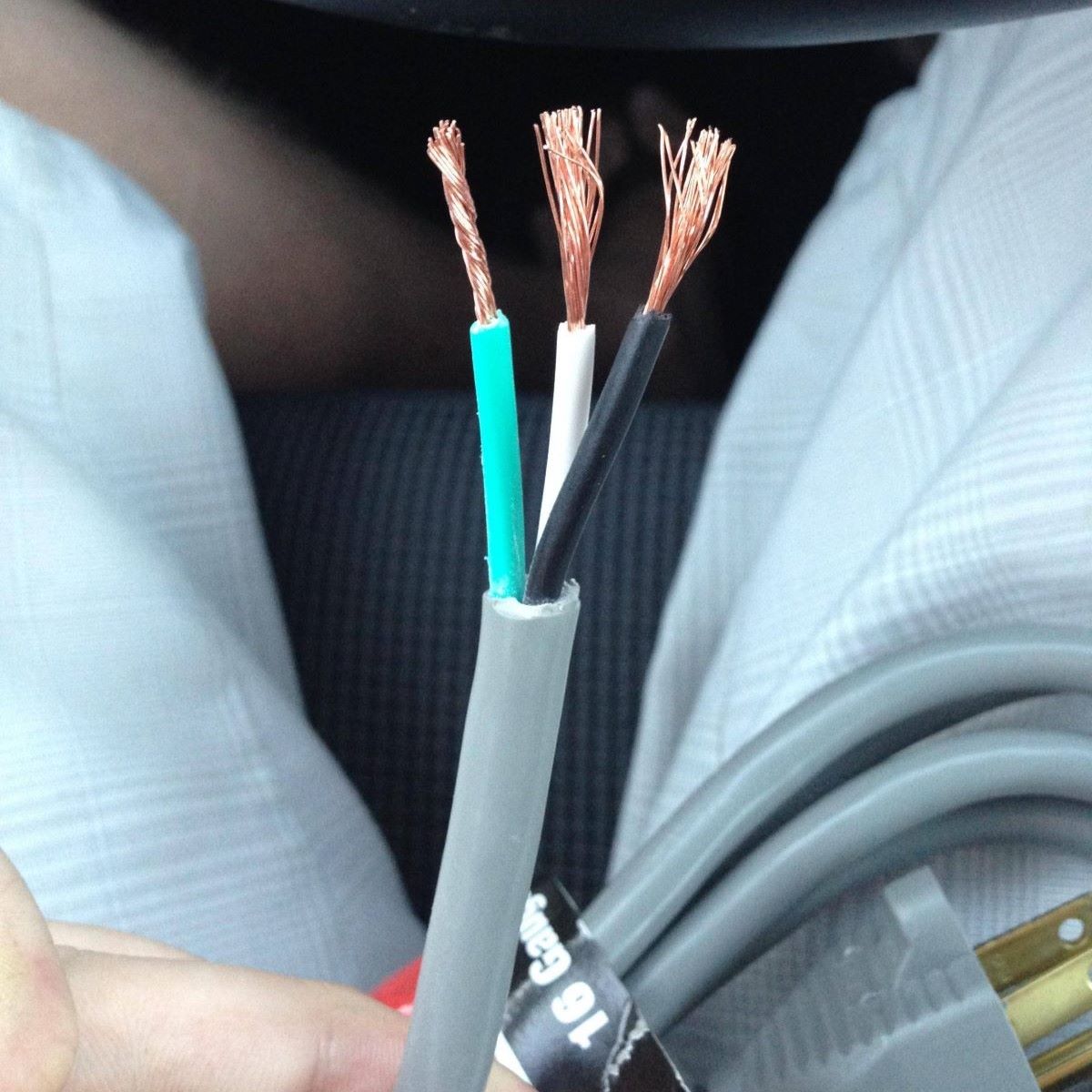

0 thoughts on “What Is The Appropriate Length For An Electrical Cord Reel”